Because of all this house painting I’ve been doing, I’ve had to rely on the kids to help water, and I was starting to experience garden and blog withdrawal symptoms. So today I got out the camera and trekked around the yard getting my scheduled watering done and snapping a few pictures along the way. I also took another veggie class this morning (more on that in a separate post). So I got my infusion of “green” this morning. And as soon as I finish blogging, I get to go back to… you guessed it… painting. Houses are big! Even small houses!
Today I honor and recognize my yard’s truly amazing Survivors. In our Texas heat wave, really every plant that still has chlorophyll is a survivor, but some of my plants have overcome some of the worst situations to keep on growing despite the odds against them. I give you… the Survivors.
The Challenge: Being gnawed to the ground, dug out, dragged across the yard, trampled, peed on, or otherwised abused by THE DOGS
There are numerous survivors here, including our sweet remaining Mexican Redbud and Hop Trees, and others. The Goldenball Leadtree shown here survived not only the dogs chewing it in half, but the fire ants that made a colony in the original planter (I had to survive those fire ants, too, because I found out about them the hard way). I can’t wait to see blooms on this little guy, by the way. Little golden puffballs!
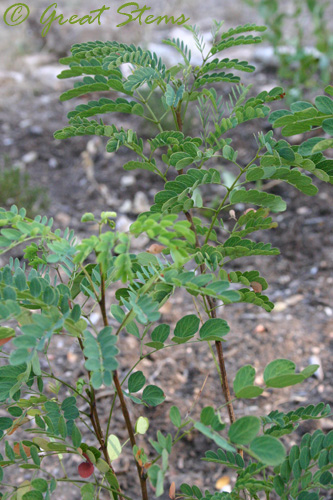 The Challenge: Growing in the side yard, which means being in a place that is so low priority on the watering scale that they often get forgotten.
The Challenge: Growing in the side yard, which means being in a place that is so low priority on the watering scale that they often get forgotten.
Lucky for the sideyard plants, I’ve been rinsing my paintbrushes out there (fyi, we’re using eco-friendly paint), so they are getting more water than they are used to, and they are using the opportunity to grow, recover, and even bloom. I have several survivors of this challenge, but here are pictures of Salvia “Indigo Spires,” Flame Acanthus, Turk’s Cap, and Inland Sea Oats. The Inland Sea Oats also have been mowed over several times when we thought they were long gone or something else.
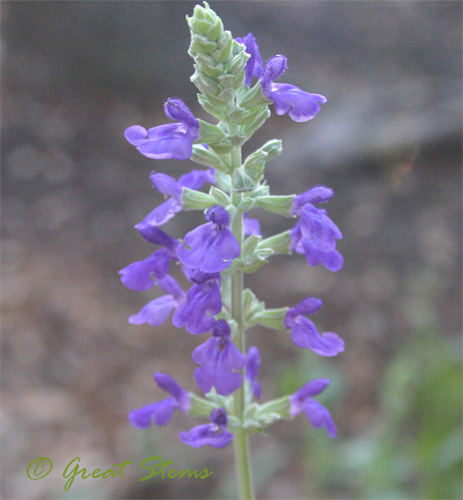
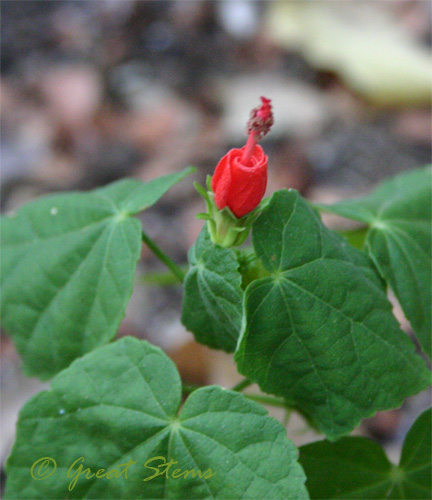
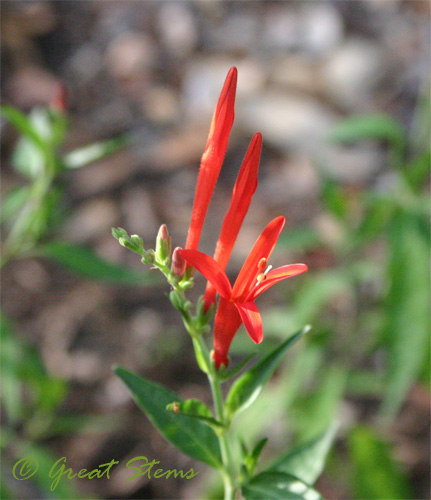
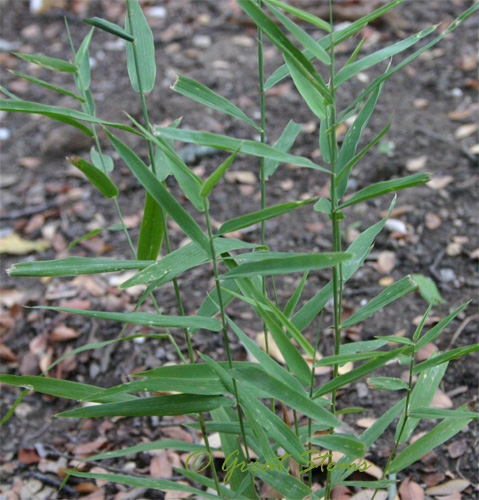 The Challenge: Surviving where others have failed
The Challenge: Surviving where others have failed
My first Chile Pequin simply struggled to grow, and I assumed it was because it needed more water than I could regularly provide. But after it died, I bought another and planted it in similar shade a few feet away, in the neglected side yard. Though it gets even less water than the first, the new one has grown to about a foot tall already.
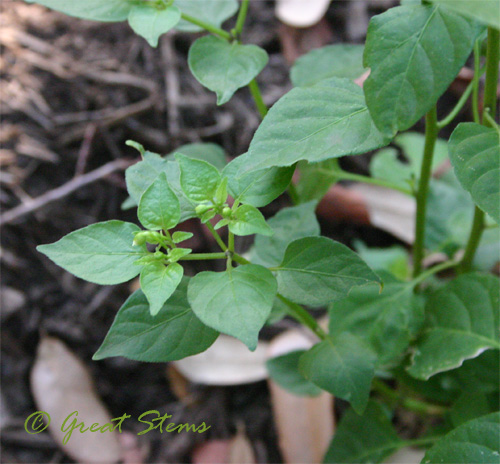
The Challenge: Thriving despite being told, “You’re too old”
Our house was built in 1971, and we’ve lived here 14 years. We have two huge Arizona Ash Trees in the front yard, and we were told five years ago that the trees were at full maturity and would die at any time. Well, they continue to do fine, so well that they once again have blanketed our sidewalks and yard in golden leaf-like seeds. We never water the two trees, which a neighbor suggested might be why ours do well where others have died off. Regardless, we thank them for their shade.
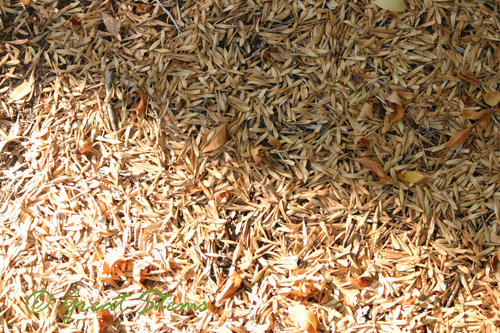
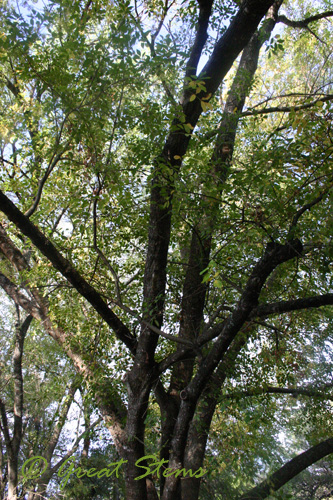 The Challenge: Being a tree planted in late February as opposed to fall/winter, and then surviving what we think was overwatering
The Challenge: Being a tree planted in late February as opposed to fall/winter, and then surviving what we think was overwatering
Lacey Oak is one of our favorite trees, and our tiny one just recently caved to the heat and abuse by dogs. But this other beauty of a tree was planted a little late in the season in the front yard, and we were determined that it would not die to transplant shock or heat. But after a few months, we became concerned at the number of leaves turning brown or partially brown. At first we thought it needed more water, but now I think it was overwatering that might be cause. We backed off on the watering, and it’s hanging on. Grow, baby, grow!
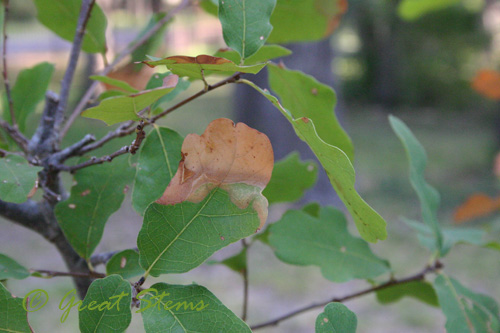 The Challenge: Surviving despite our best efforts to (purposely) kill it
The Challenge: Surviving despite our best efforts to (purposely) kill it
We’re NOT cheering for these, by the way. There are some plants that keep growing back despite how hard you try to kill them off — weeds, of course, Bermuda grass, and so on, but in this case I’m referring to Chinaberry and Gum Bumelia.
Chinaberry is an exotic invasive, and it grows from any little bit of root you accidentally leave in the soil, and of course from the numerous berries. The neighbor’s mother tree has been removed, but we are still trying to dig out shoots from a root so deep we can’t get to it, and others growing out from under the air conditioner. This next time, I’m pouring on the vinegar.
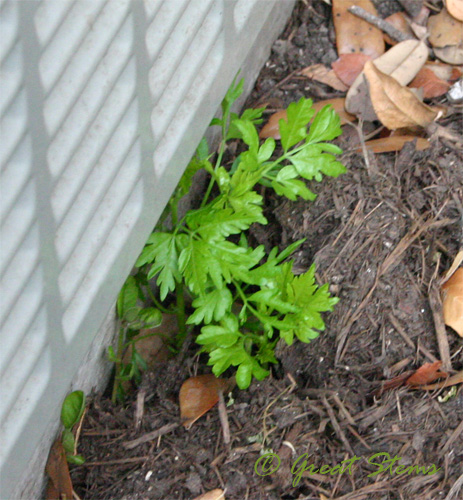 The Gum Bumelia is a Texas native, and it made me a little sad to remove the ones growing directly behind the house, but their spines are exceptionally long and hazardous, and they blocked us from having any other use for that area right by our patio. Even cutting them down led to numerous spines in the dirt, and we had to pull many out of our shoes and sometimes (ouch) feet. I can’t get to all the culprit roots, so I’ll try vinegar on these, too.
The Gum Bumelia is a Texas native, and it made me a little sad to remove the ones growing directly behind the house, but their spines are exceptionally long and hazardous, and they blocked us from having any other use for that area right by our patio. Even cutting them down led to numerous spines in the dirt, and we had to pull many out of our shoes and sometimes (ouch) feet. I can’t get to all the culprit roots, so I’ll try vinegar on these, too.
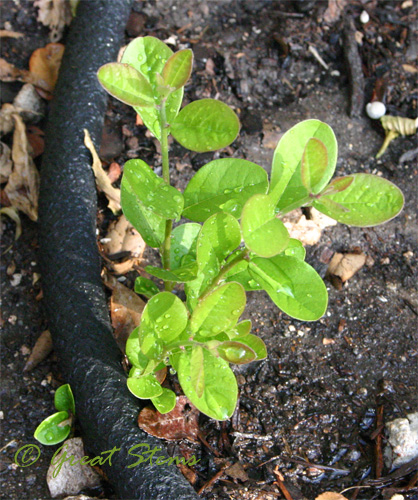
The Challenge: Being the tiniest plant to survive several TX freezes in a season, with some winter-wise TLC
This Yellowbells, or Texas Esperanza, plant was a tiny little 4-inch guy that was planted just before a series of freezes in central Texas. My efforts (watering and covering) to keep it and its neighbors apparently did the trick, because they all survived. Is that an assassin bug in there? I hope so. Be good bug, not bad bug.
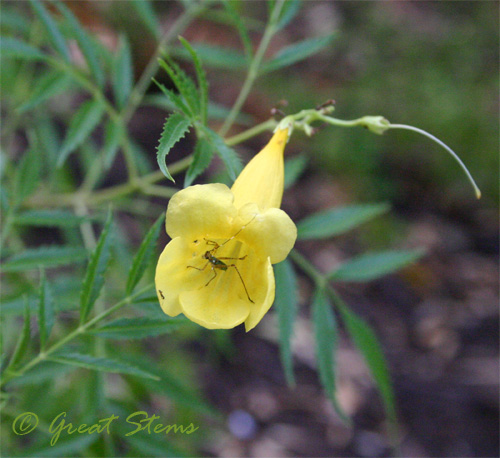
The Challenge: Surviving being a tree planted in full sun in the heat of the summer
We couldn’t resist buying this big Mexican lime for such a cheap price, and then we realized how perfect it was for a bright spot by our patio. We decided to take the chance and plant it and not to get too mad at ourselves if it didn’t make it. It’s actually doing pretty well, and its leaves let us know when it needs water. I even got to pull a lime off it, though it was probably already growing when we bought the tree.
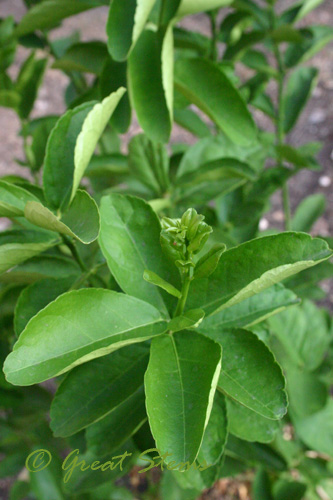 The Challenge: Making a comeback despite being near death when finally getting put in the ground
The Challenge: Making a comeback despite being near death when finally getting put in the ground
Again, numerous survivors here, but one of my Rose Pavonias (Texas Rock Rose), a Gaura, and a Basketgrass (Nolina) got photos taken. The Nolina doesn’t look like much, but trust me, we’re happy to see some green.
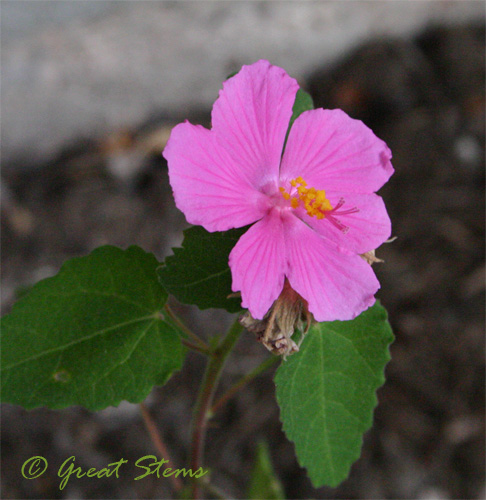
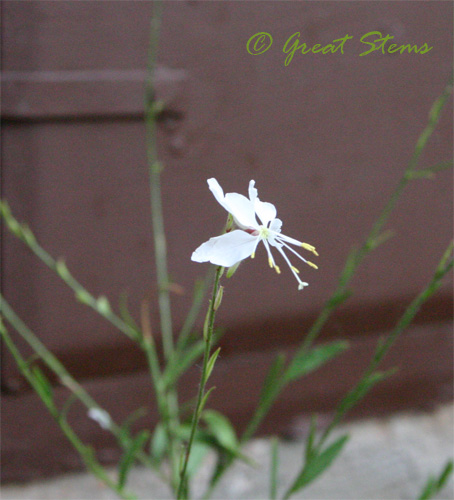
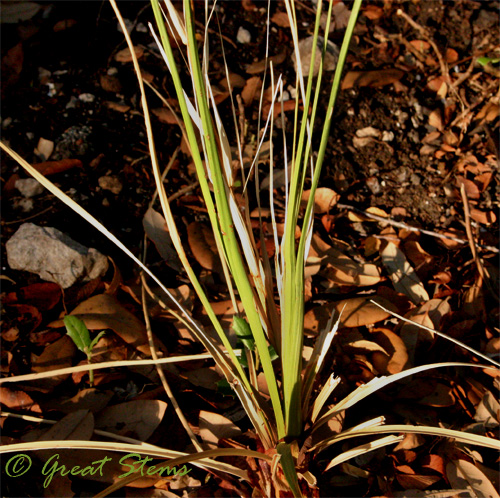
The Challenge: Staying alive in full sun as tiny seedlings until another growing season began, and then finally starting to grow
My son’s mixed bell pepper seedlings, planted in a recycled recycling bin.
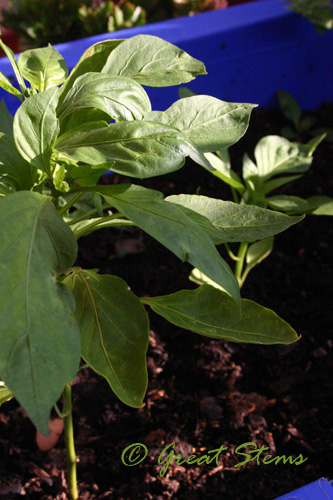 The Challenge: Being overshadowed by towering plants, but blooming once those died off (the Na-na-na-na-na Challenge)
The Challenge: Being overshadowed by towering plants, but blooming once those died off (the Na-na-na-na-na Challenge)
That would be one of our Pink Skullcaps, accidentally sandwiched between the tall kind of Zinnias since spring.
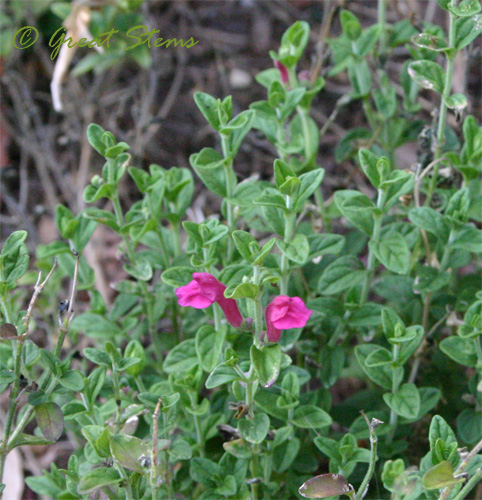 The Challenge: Surviving the worst we can throw at a plant, short of acid
The Challenge: Surviving the worst we can throw at a plant, short of acid
Perhaps the winner of all winners should be my very first Dutchman’s Pipevine, which has survived being dragged across the yard by the dogs, having its leaves completely stripped by dogs and roofers (in cleaning up their mess), being drowned, being underwatered, being smothered by a foot of leaves, being transplanted multiple times, and more. It is now hopefully in a permanent spot, alongside more of its kind, with something to challenge it to grow taller.
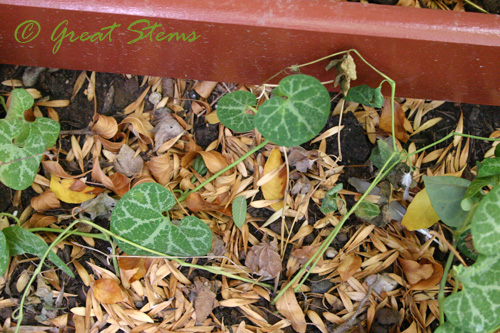 There are plenty of other survivors in my yard that also deserved their tales told, but it’s time to paint. 🙂
There are plenty of other survivors in my yard that also deserved their tales told, but it’s time to paint. 🙂
I end with a picture of Loki, doing what he needs to survive…

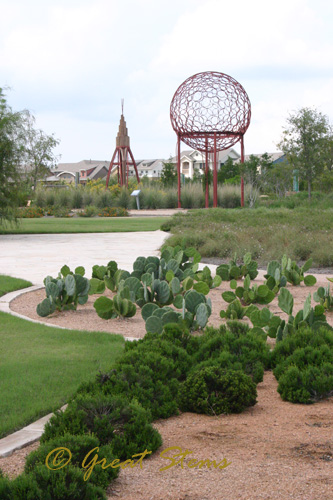
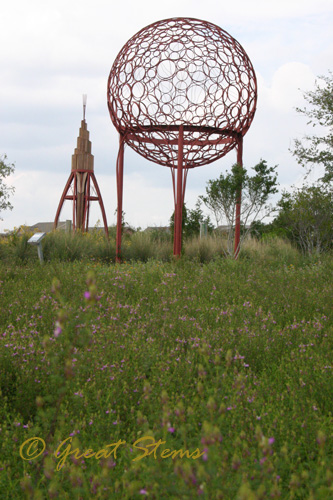
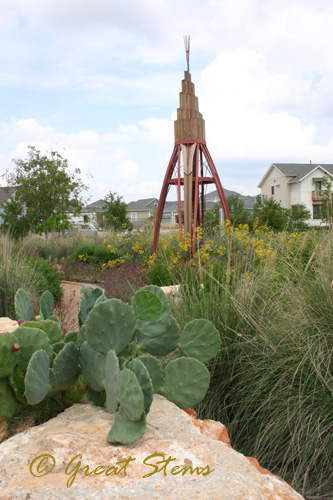 Lindheimer Senna…
Lindheimer Senna…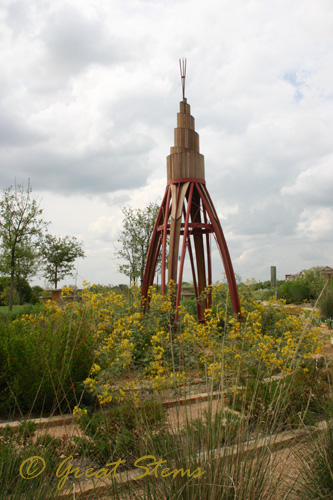
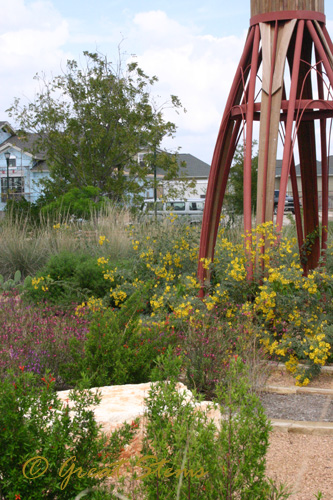
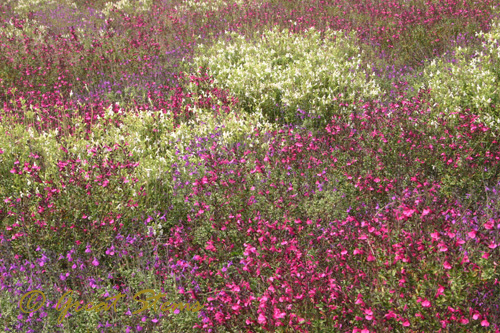
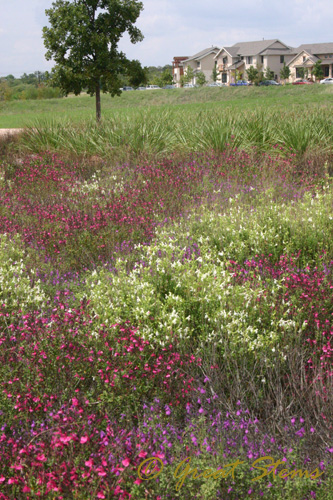
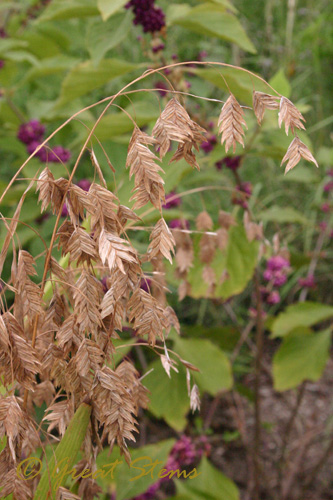
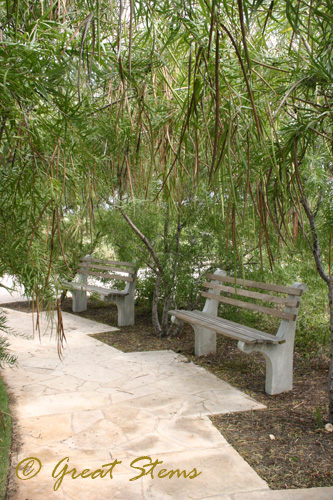 A view of the three ponds, surrounded by native grasses…
A view of the three ponds, surrounded by native grasses…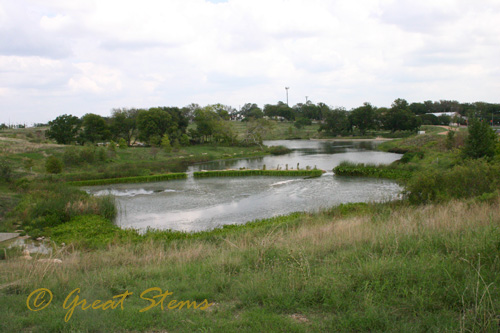
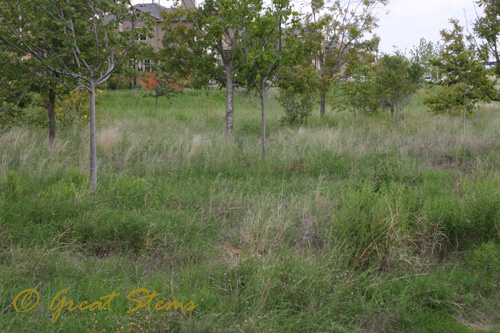
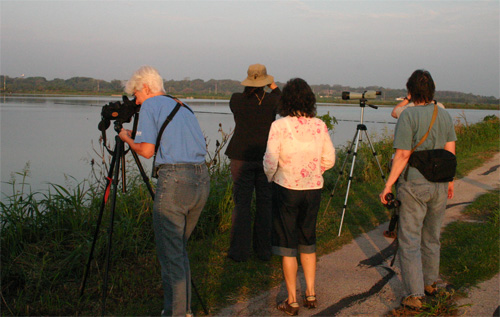 Hornsby Bend is an area along a “bend” of the Colorado River, southeast of Austin, Texas, near the airport. Once home to dense forests and thickets, a man named Reuben Hornsby settled there in 1832, clearing the land for agricultural uses. Today it is home to the
Hornsby Bend is an area along a “bend” of the Colorado River, southeast of Austin, Texas, near the airport. Once home to dense forests and thickets, a man named Reuben Hornsby settled there in 1832, clearing the land for agricultural uses. Today it is home to the 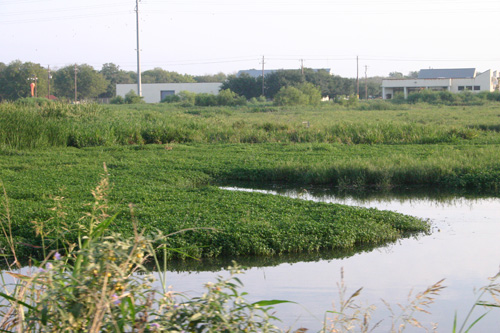 But Hornsby Bend is so much more — 1,200 acres of marshes, woodlands, pastures, and riparian (river) areas. Because of the incredible biodiversity along the food chain and its multiple habitats, it has become known nationally as one of the best birdwatching sites in Texas, especially during times of migration. More than 360 species of birds have been sighted at Hornsby Bend. Migratory shorebirds, wading birds, and landbirds, some from the Arctic or from the southern tip of South America, stop at the ponds of Hornsby Bend as they travel to and from their winter habitats.
But Hornsby Bend is so much more — 1,200 acres of marshes, woodlands, pastures, and riparian (river) areas. Because of the incredible biodiversity along the food chain and its multiple habitats, it has become known nationally as one of the best birdwatching sites in Texas, especially during times of migration. More than 360 species of birds have been sighted at Hornsby Bend. Migratory shorebirds, wading birds, and landbirds, some from the Arctic or from the southern tip of South America, stop at the ponds of Hornsby Bend as they travel to and from their winter habitats.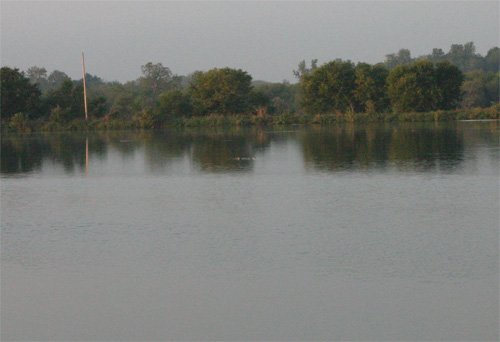
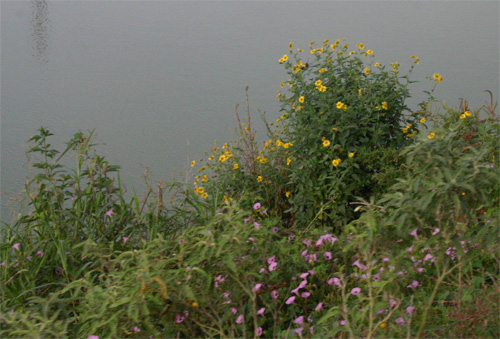
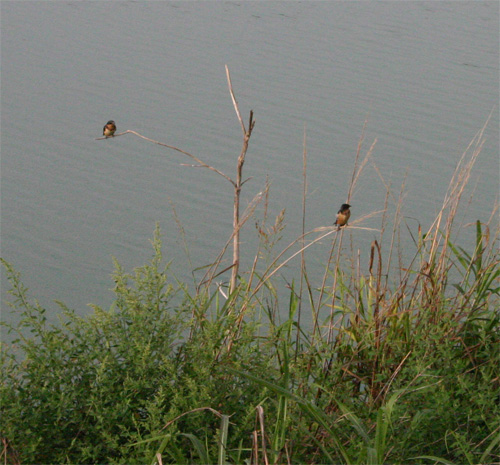 Near the wet grounds by the compost, many least sandpipers and other species scooted about for insects.
Near the wet grounds by the compost, many least sandpipers and other species scooted about for insects.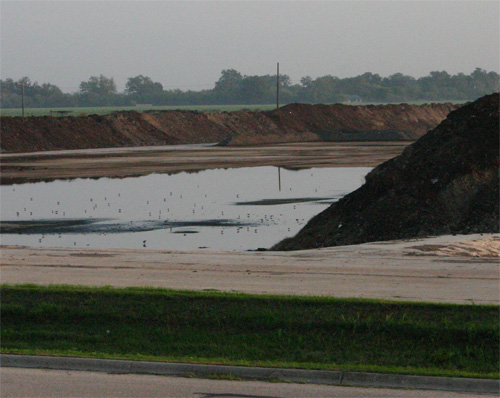 And humans studied them from afar.
And humans studied them from afar.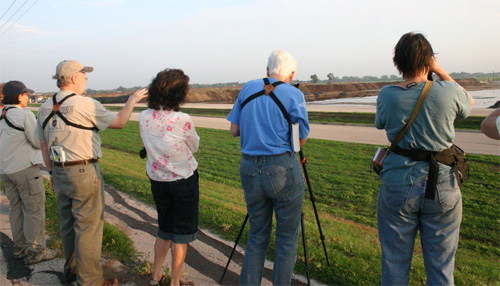 The wooded areas along the river provided opportunities to see tree-perching birds. A quiet walk along the paths allowed us to listen to the beautiful songs of many a bird, including the white-eyed vireo.
The wooded areas along the river provided opportunities to see tree-perching birds. A quiet walk along the paths allowed us to listen to the beautiful songs of many a bird, including the white-eyed vireo. 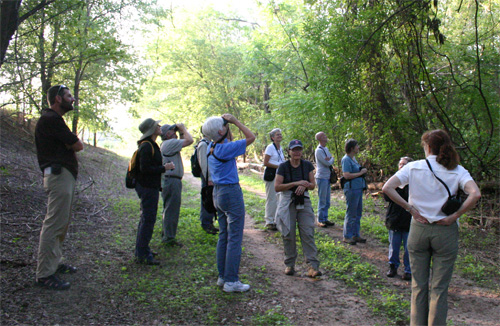 Another treatment area, these long greenhouses will also provide winter shelter to area birds. A red-shouldered hawk reportedly has hunted in there, in fact.
Another treatment area, these long greenhouses will also provide winter shelter to area birds. A red-shouldered hawk reportedly has hunted in there, in fact.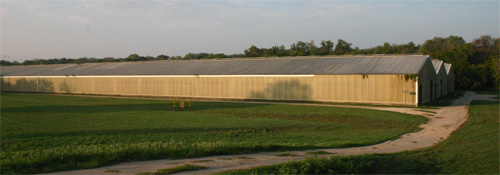
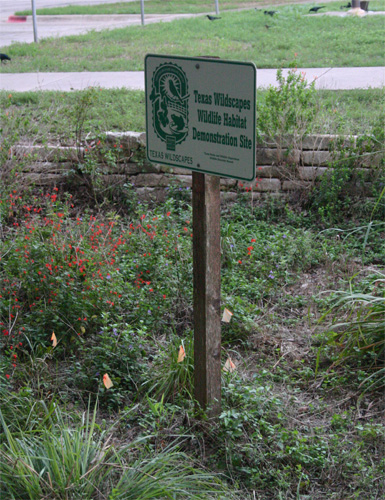 And there are purple martins, too, though they are absent in September.
And there are purple martins, too, though they are absent in September.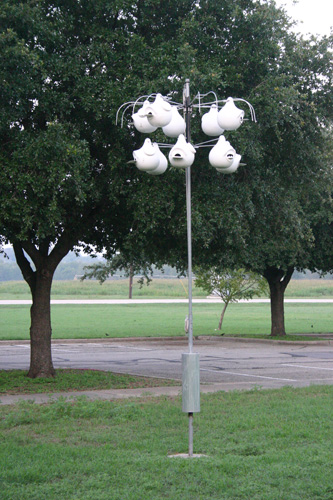
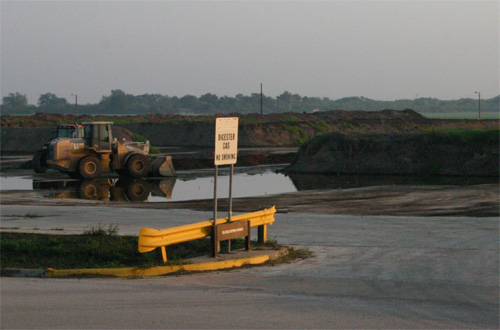 Back at the main building, the Habitat Steward Trainees listened to three speakers. The knowledge I gained this day was tremendous, from the history of the soil in the Austin area to the how’s and whys of organic matter, and from butterflies of Central Texas to urban wildlife, such as coyotes and raccoons. A great day, and a great place to visit.
Back at the main building, the Habitat Steward Trainees listened to three speakers. The knowledge I gained this day was tremendous, from the history of the soil in the Austin area to the how’s and whys of organic matter, and from butterflies of Central Texas to urban wildlife, such as coyotes and raccoons. A great day, and a great place to visit.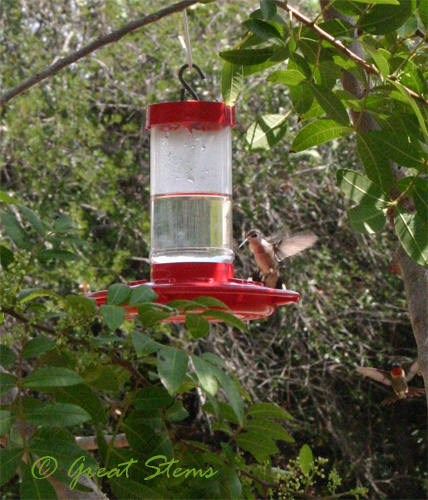

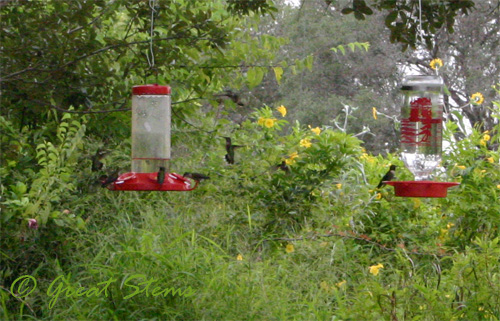 Rockport isn’t just about hummingbirds — hundreds of species of birds are year-round residents or migratory passers-through, and birdwatchers excitedly converge with binoculars in hand to enjoy the sheer numbers and to hopefully catch a glimpse of a rare species. At any given home on the hummingbird tours, there might be as many as 100 or more hummingbirds zooming about the feeders.
Rockport isn’t just about hummingbirds — hundreds of species of birds are year-round residents or migratory passers-through, and birdwatchers excitedly converge with binoculars in hand to enjoy the sheer numbers and to hopefully catch a glimpse of a rare species. At any given home on the hummingbird tours, there might be as many as 100 or more hummingbirds zooming about the feeders.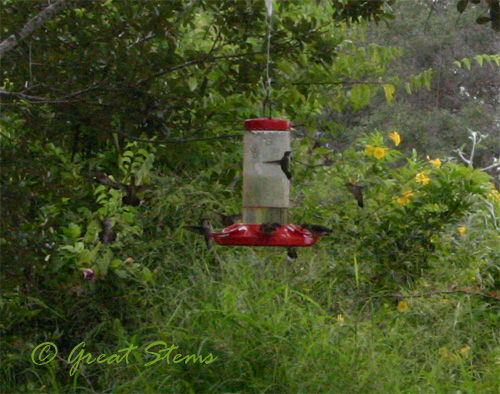
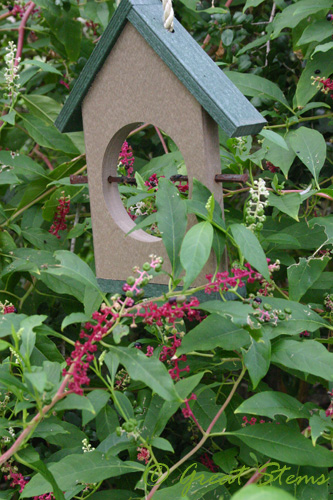
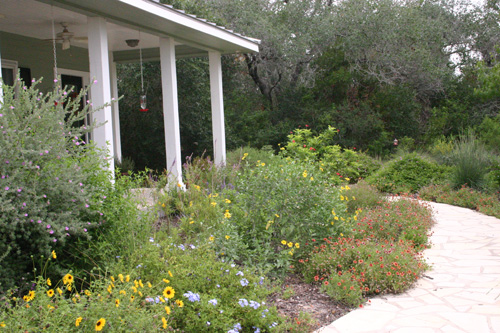
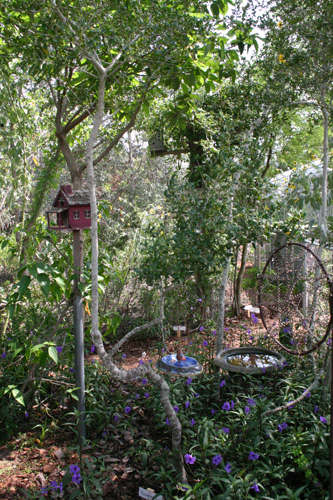
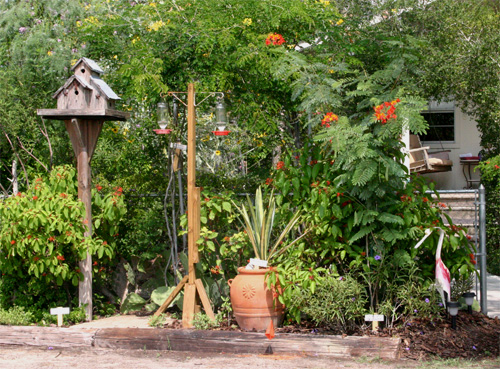 But there were a variety of landscapes on the tour, and there was even a school garden, planted and maintained by students and teachers.
But there were a variety of landscapes on the tour, and there was even a school garden, planted and maintained by students and teachers. 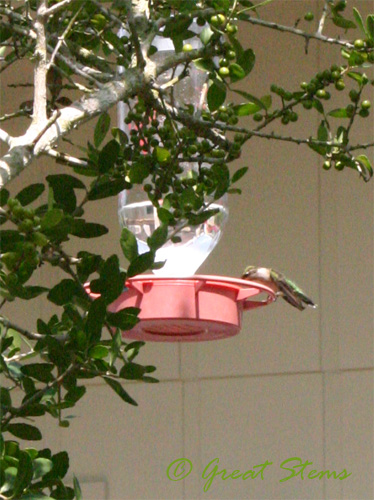 It was thoroughly entertaining watching the antics of the territorial hummingbirds. Their behavior is different at migration time — because the birds need to build up their energy stores, there is more willingness for many, but not all, of the birds to share a feeder from time to time. Despite the many feeders about a yard, the hummingbirds might swarm a particular feeder, as if they think that because others are that feeder, it must be good food. But territoriality is hard to resist sometimes, especially for the males. The vibrant color of the throats of the male birds was impressive, though Sheri said that these feathers are post-mating season, and thus less vibrant than at other times. Pretty cool.
It was thoroughly entertaining watching the antics of the territorial hummingbirds. Their behavior is different at migration time — because the birds need to build up their energy stores, there is more willingness for many, but not all, of the birds to share a feeder from time to time. Despite the many feeders about a yard, the hummingbirds might swarm a particular feeder, as if they think that because others are that feeder, it must be good food. But territoriality is hard to resist sometimes, especially for the males. The vibrant color of the throats of the male birds was impressive, though Sheri said that these feathers are post-mating season, and thus less vibrant than at other times. Pretty cool. 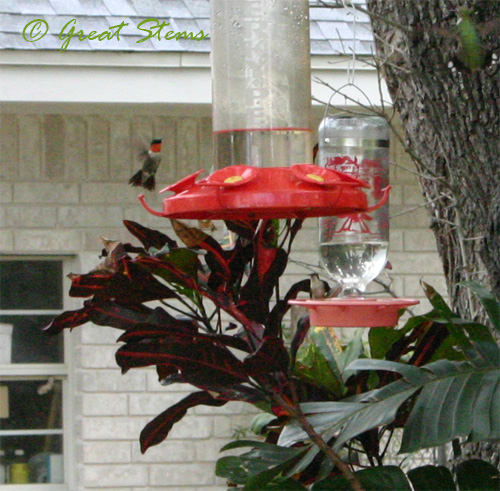
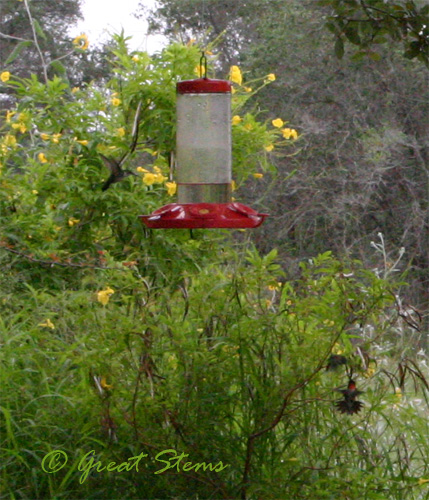 The majority of the hummingbirds that pass through Rockport are ruby-throated hummingbirds, but several species have been sighted, and in all more than 500 species of birds have been documented.
The majority of the hummingbirds that pass through Rockport are ruby-throated hummingbirds, but several species have been sighted, and in all more than 500 species of birds have been documented.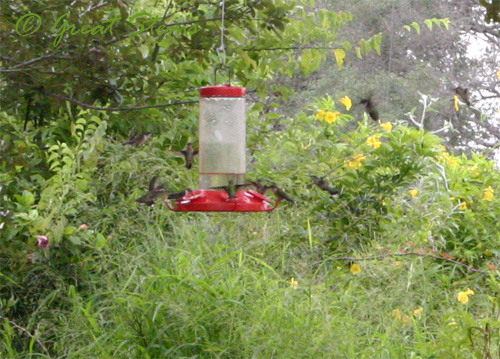 There was another creature that threatened to bring downfall to the festival this year, the heat-seeking, blood-sucking, mass-attacking mosquito. It was unbelievable the numbers of mosquitoes everywhere, and they swarmed every person by the hundreds. The mosquitoes were so bad at the very first house we stopped at that, that our hummingbird viewing would have come to an end before it started if we hadn’t decided to just go ahead and use some loaned icky chemical spray that I would never touch at home. But we were having to do a ridiculous and constant “Mosquito-Slapping Dance” until we finally used the spray, and if a green person is going to that extreme, you know it’s bad.
There was another creature that threatened to bring downfall to the festival this year, the heat-seeking, blood-sucking, mass-attacking mosquito. It was unbelievable the numbers of mosquitoes everywhere, and they swarmed every person by the hundreds. The mosquitoes were so bad at the very first house we stopped at that, that our hummingbird viewing would have come to an end before it started if we hadn’t decided to just go ahead and use some loaned icky chemical spray that I would never touch at home. But we were having to do a ridiculous and constant “Mosquito-Slapping Dance” until we finally used the spray, and if a green person is going to that extreme, you know it’s bad. 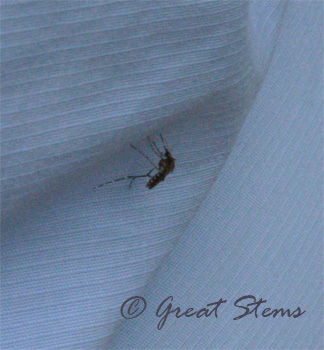
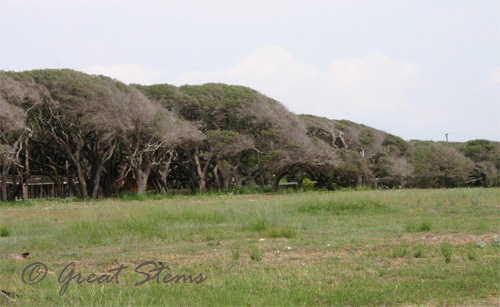
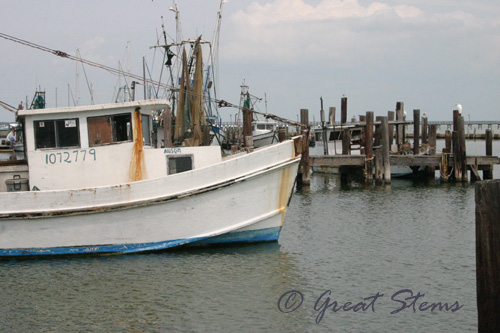 Outside of Moon Dog, where we had lunch, a lone pelican rested peacefully. It was quite the contrast to the zooming hummingbirds at the inland homes.
Outside of Moon Dog, where we had lunch, a lone pelican rested peacefully. It was quite the contrast to the zooming hummingbirds at the inland homes. 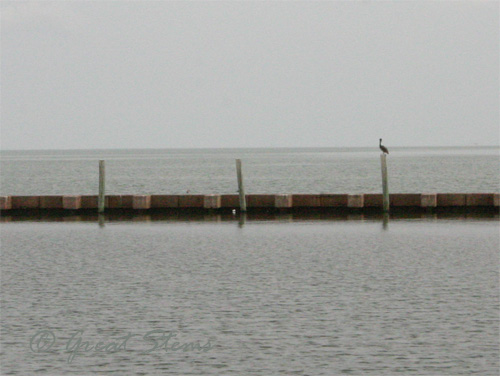
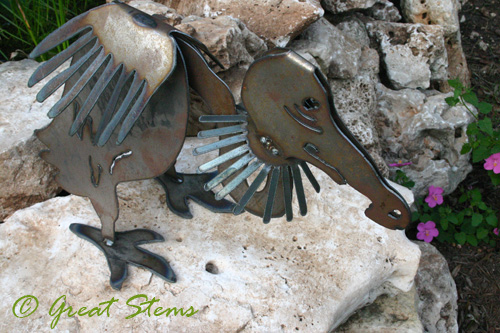
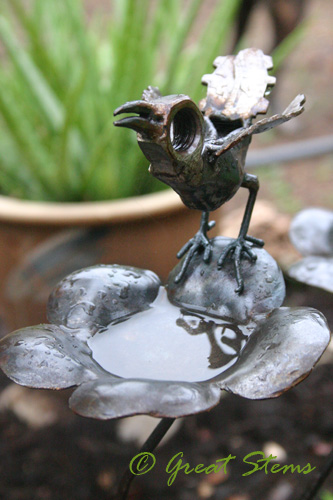
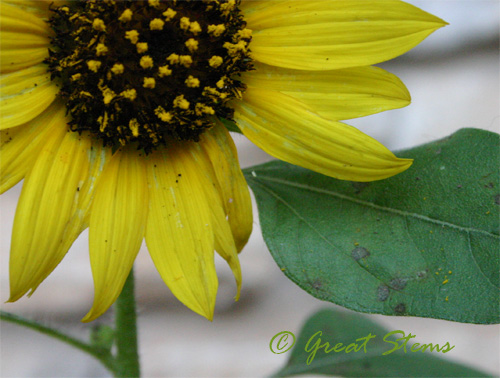
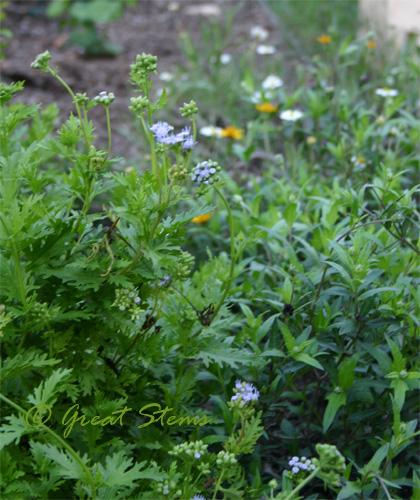 The Pigeonberry plants are blooming like crazy. They berry, too, but the birds pick them off so fast.
The Pigeonberry plants are blooming like crazy. They berry, too, but the birds pick them off so fast.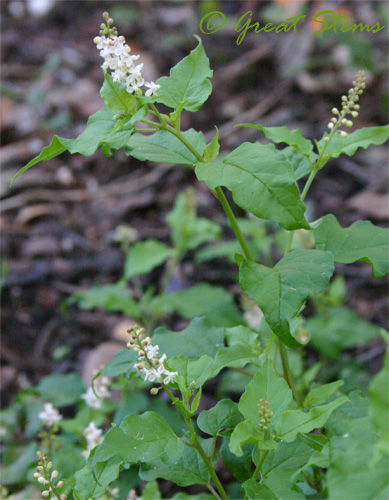
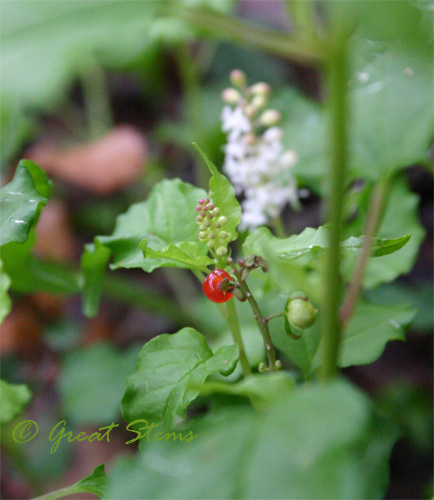
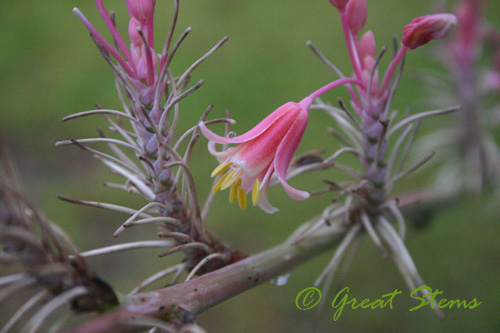
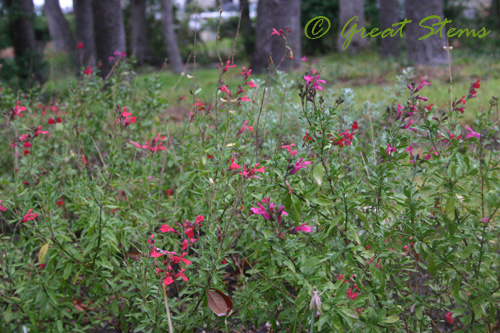
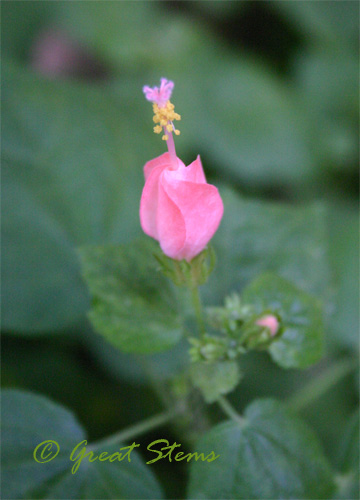
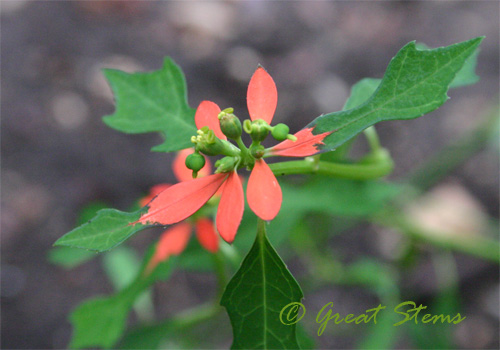
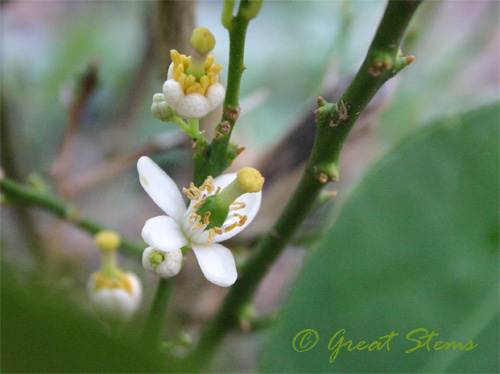
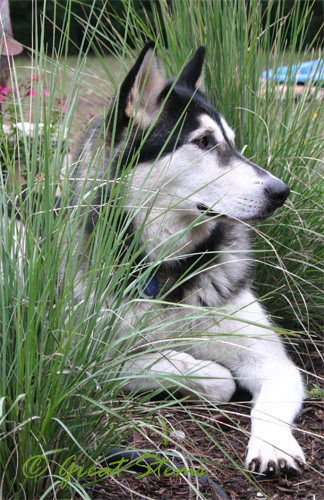
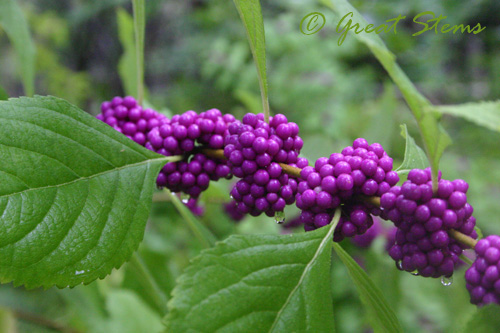 But aside from its beauty, what makes this shrub truly valuable is that it is a fall and winter food source for more than 40 different songbird species, as well as other birds. It also is enjoyed by mammalian wildlife, including the opossum and raccoon. Its deer resistance probably depends on your area and the harshness of seasonal weather. In some areas, deer leave the mature plants alone, but they’re happy to nibble on young shrubs and sometimes the berries. In general, though, it’s best to plant the shrub in a protected area if you are concerned about deer.
But aside from its beauty, what makes this shrub truly valuable is that it is a fall and winter food source for more than 40 different songbird species, as well as other birds. It also is enjoyed by mammalian wildlife, including the opossum and raccoon. Its deer resistance probably depends on your area and the harshness of seasonal weather. In some areas, deer leave the mature plants alone, but they’re happy to nibble on young shrubs and sometimes the berries. In general, though, it’s best to plant the shrub in a protected area if you are concerned about deer.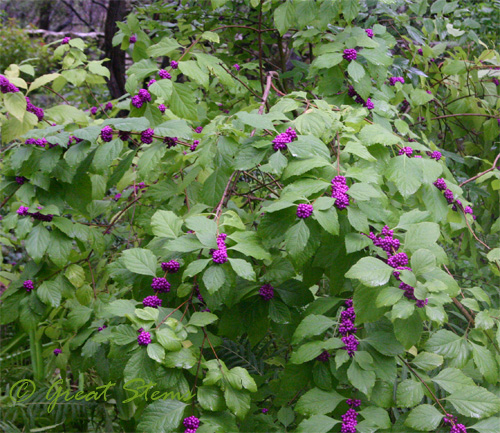
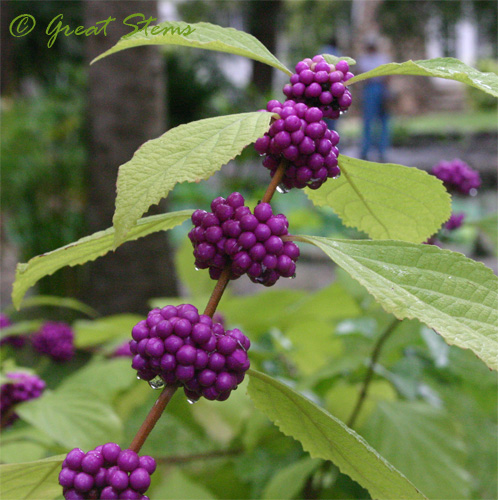
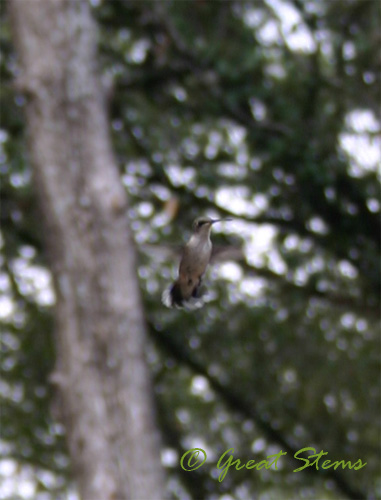
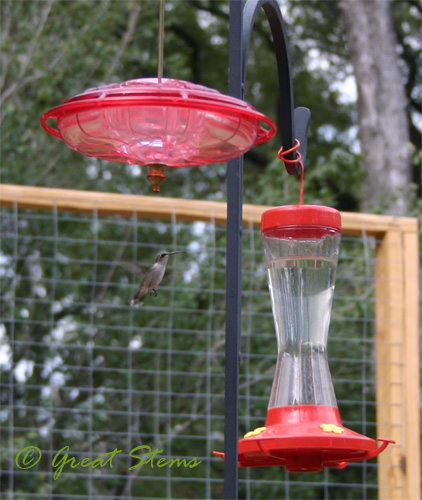
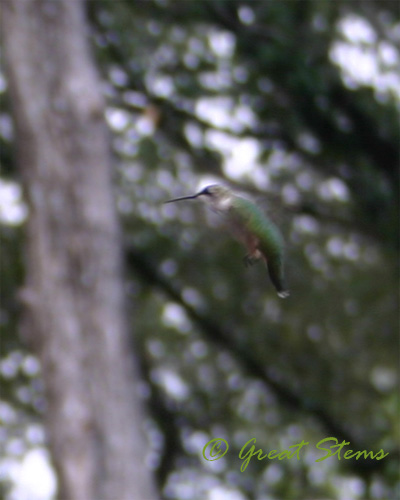
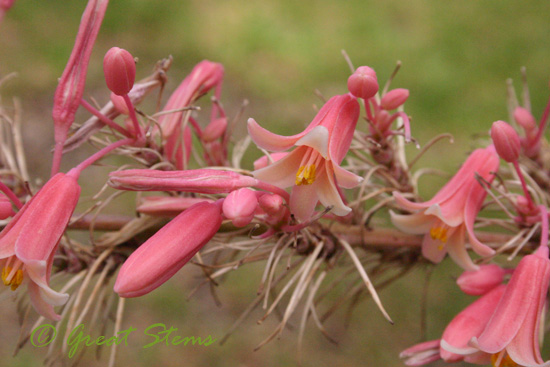
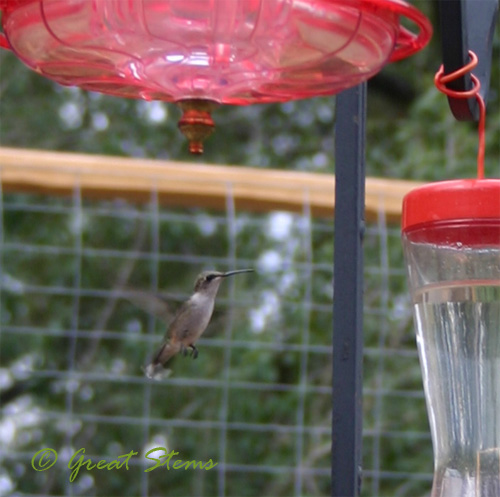
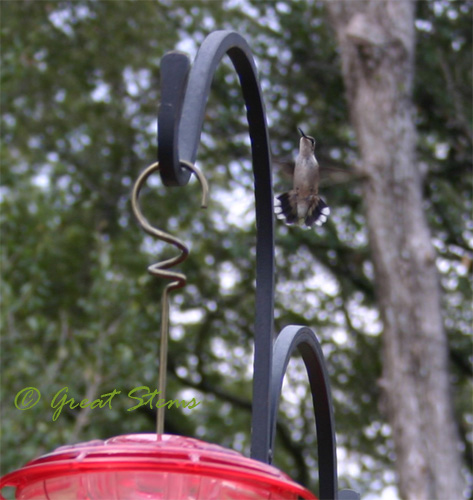




 The Challenge: Surviving where others have failed
The Challenge: Surviving where others have failed













